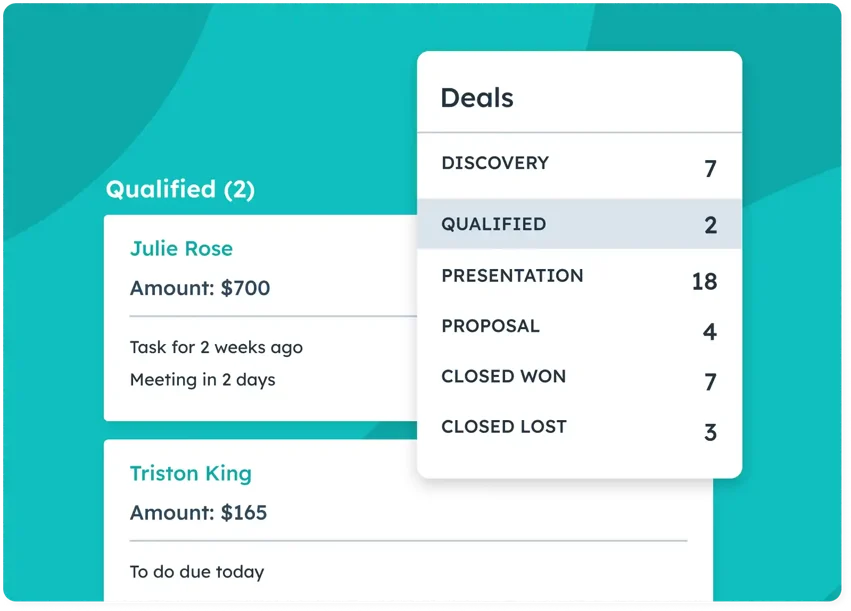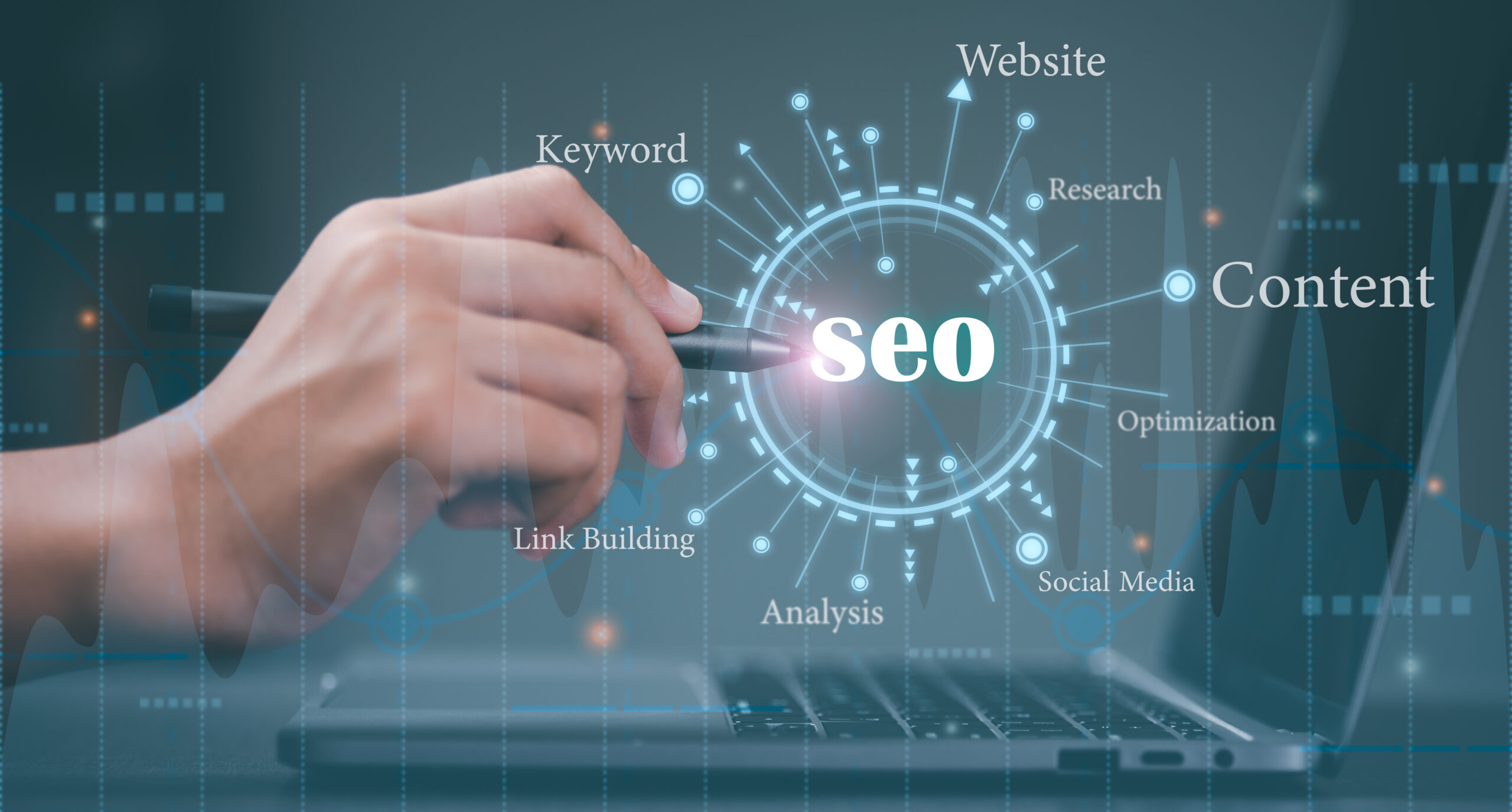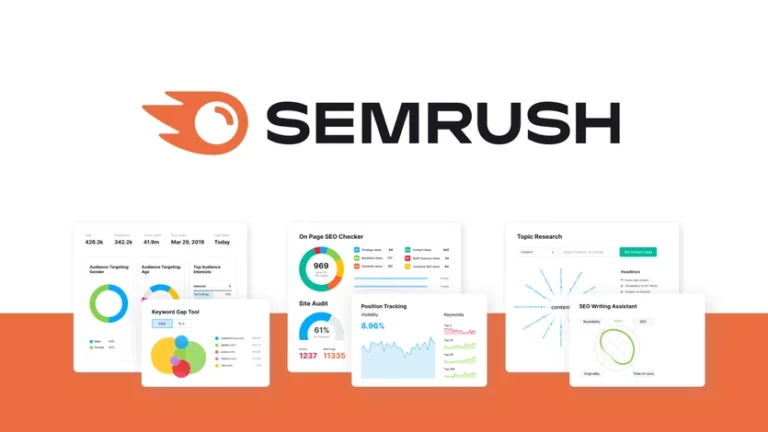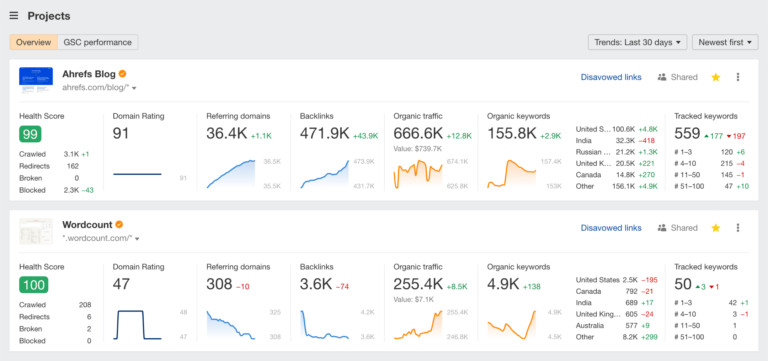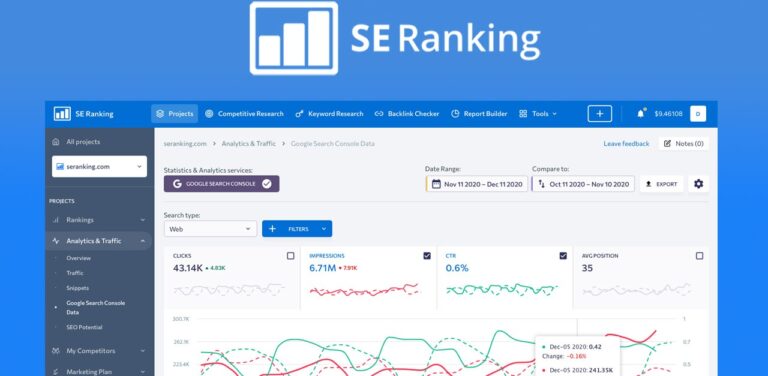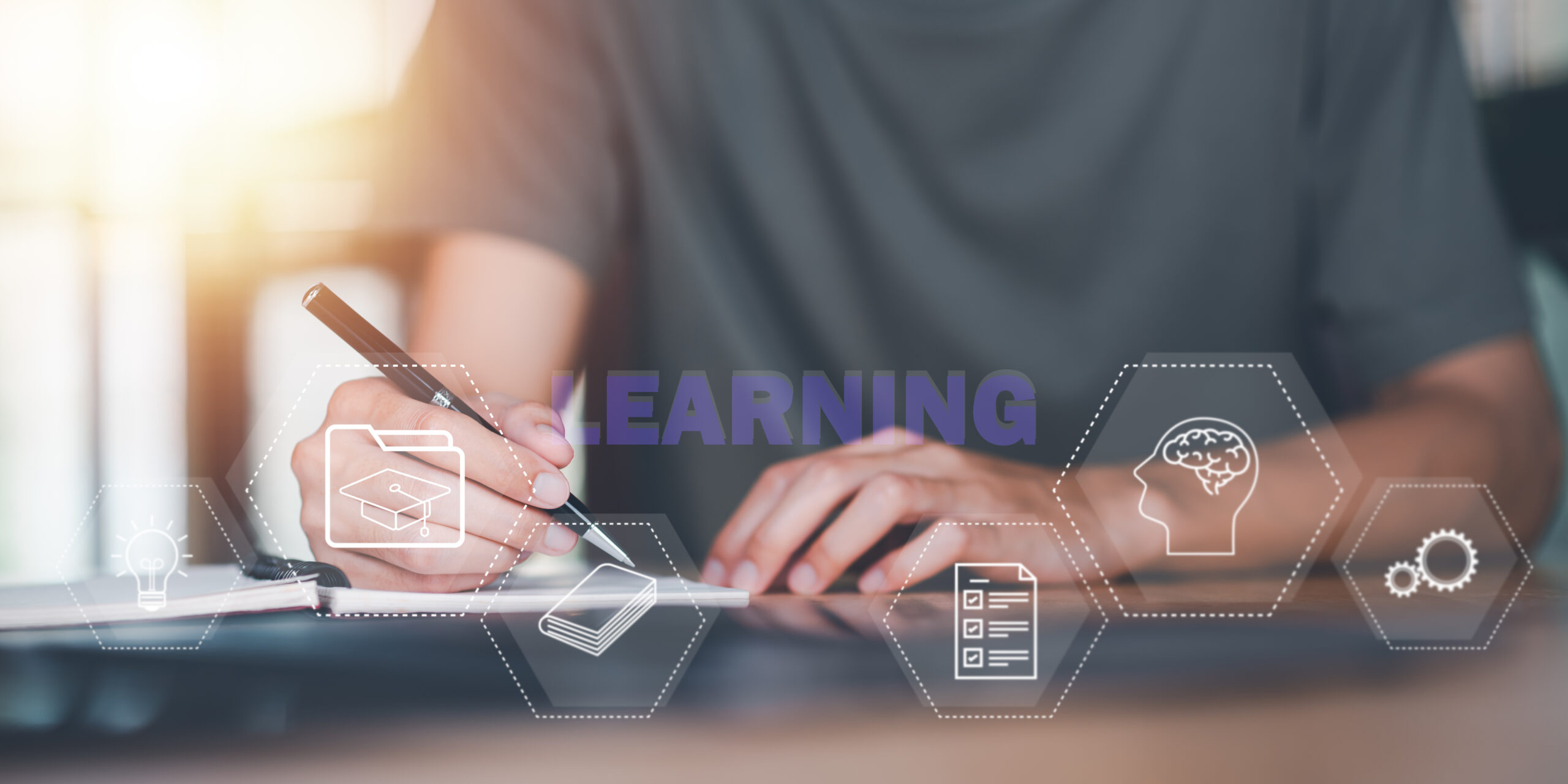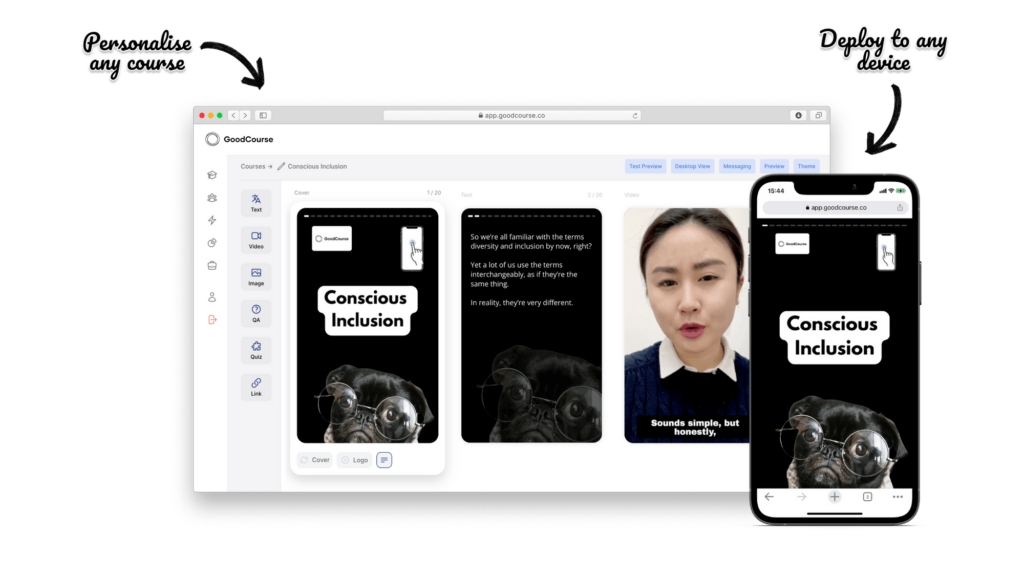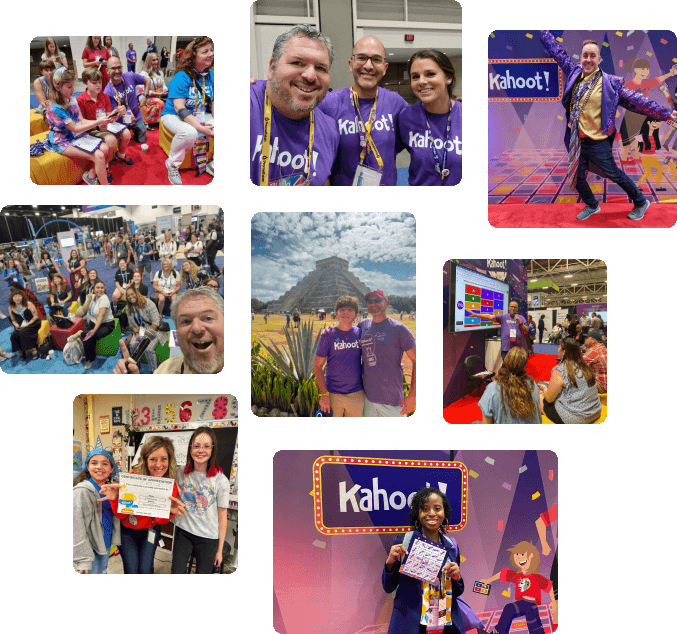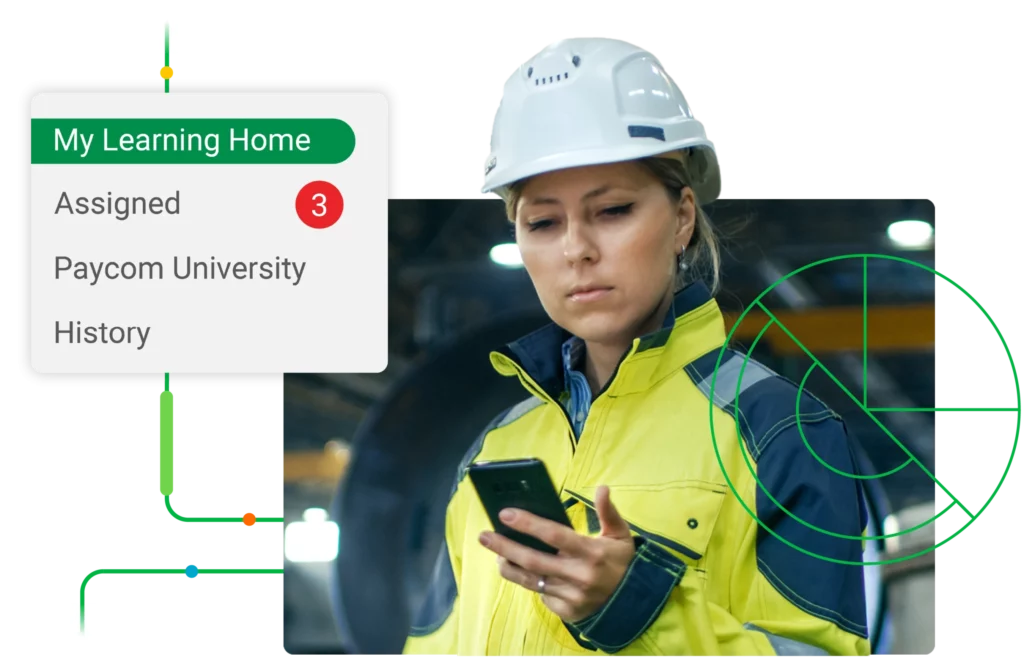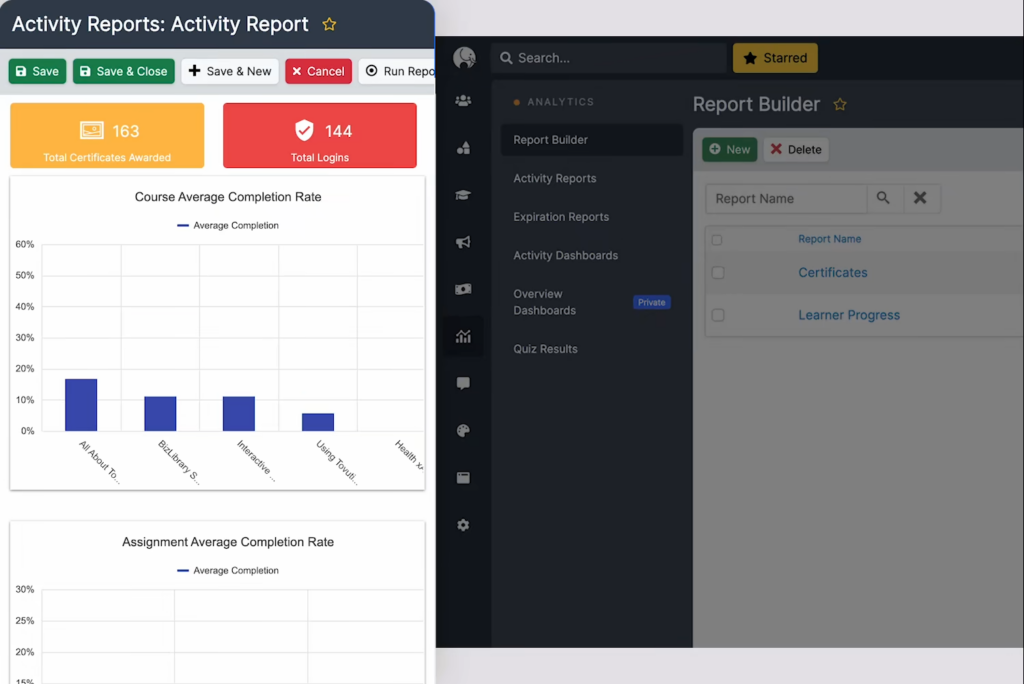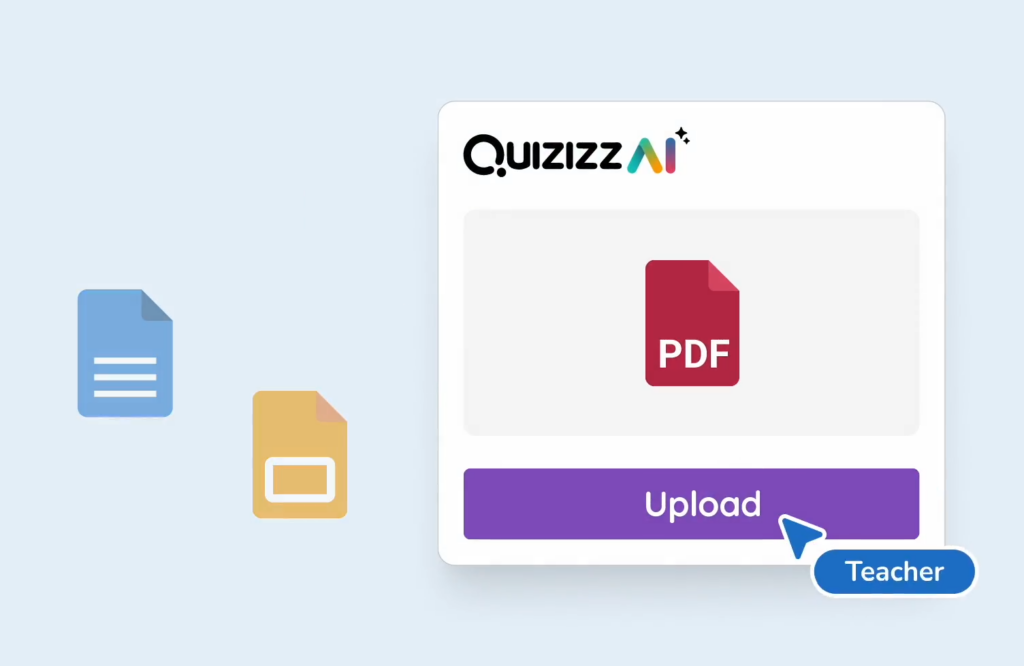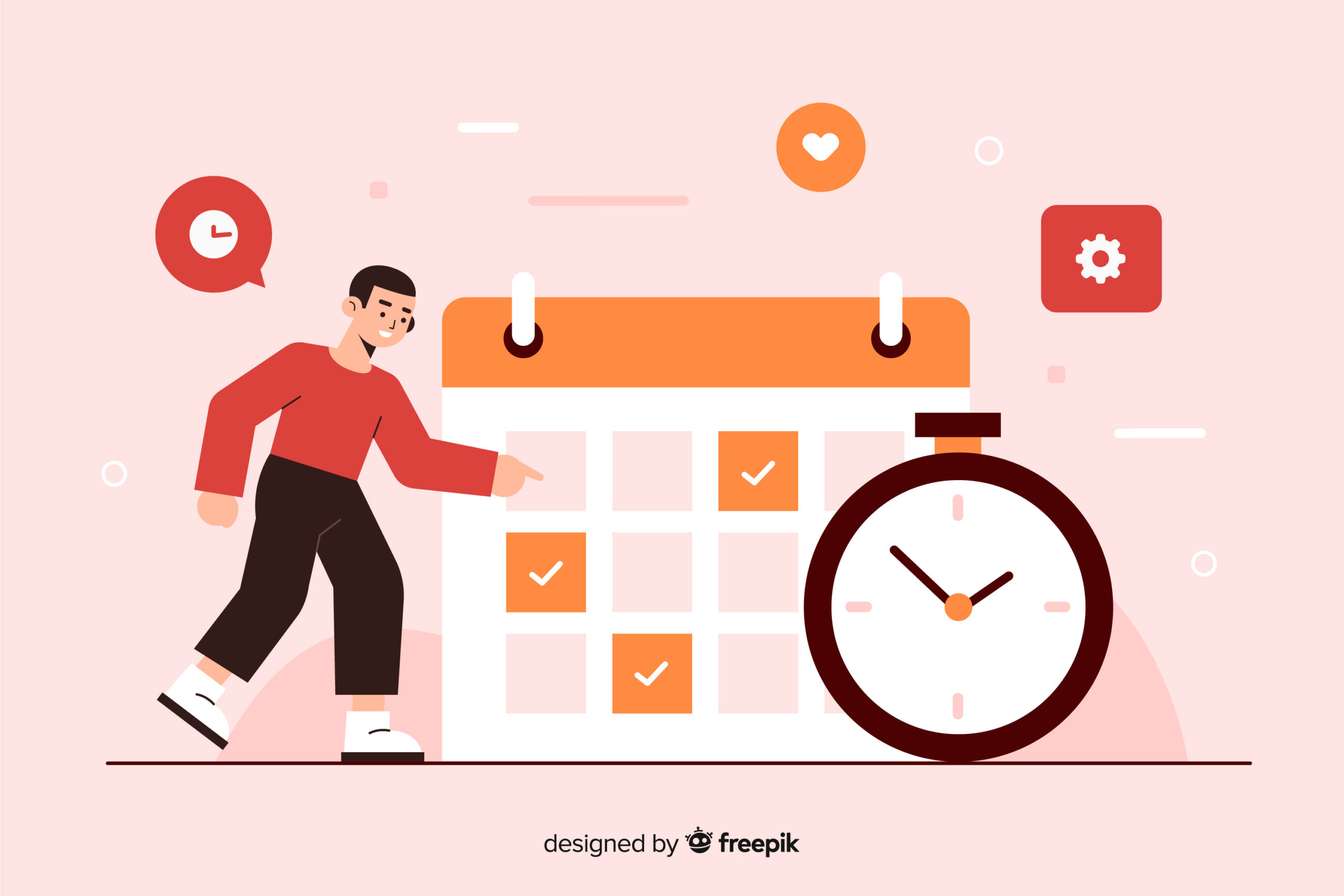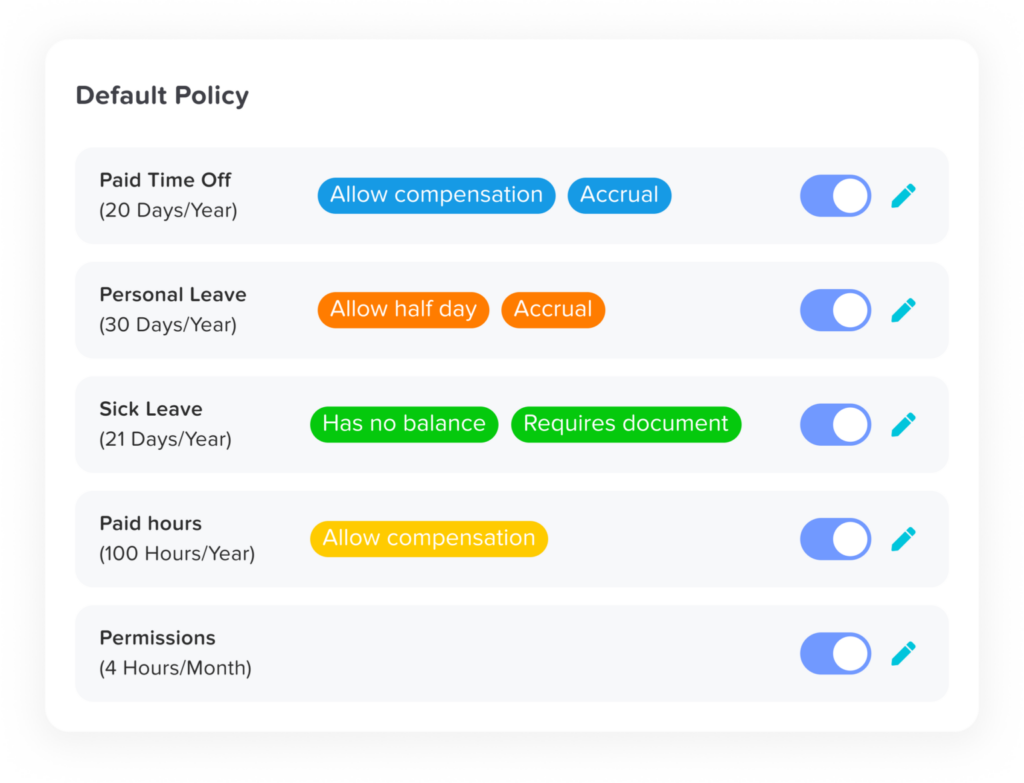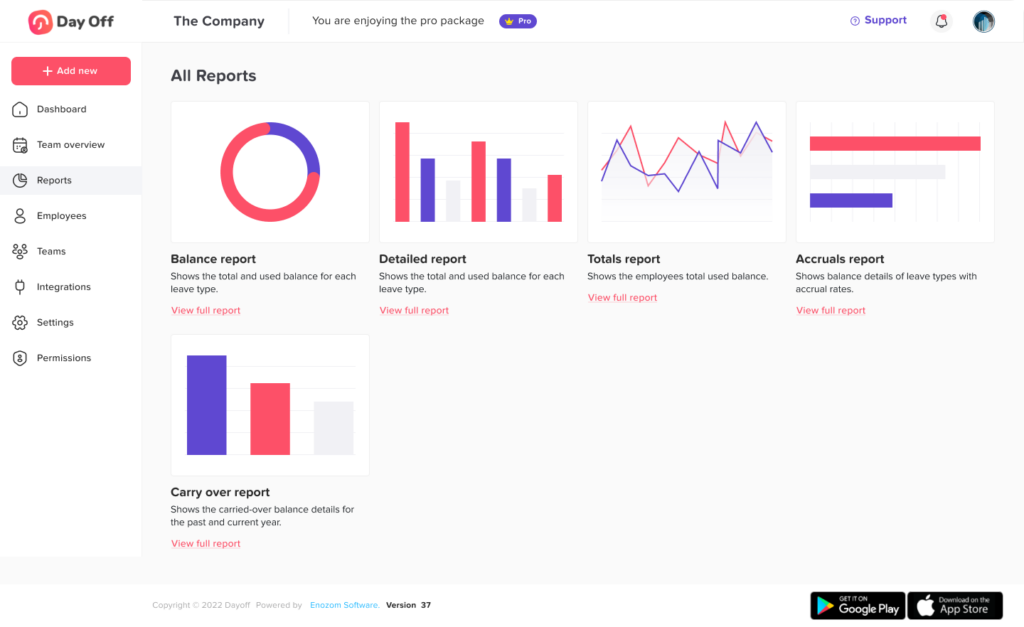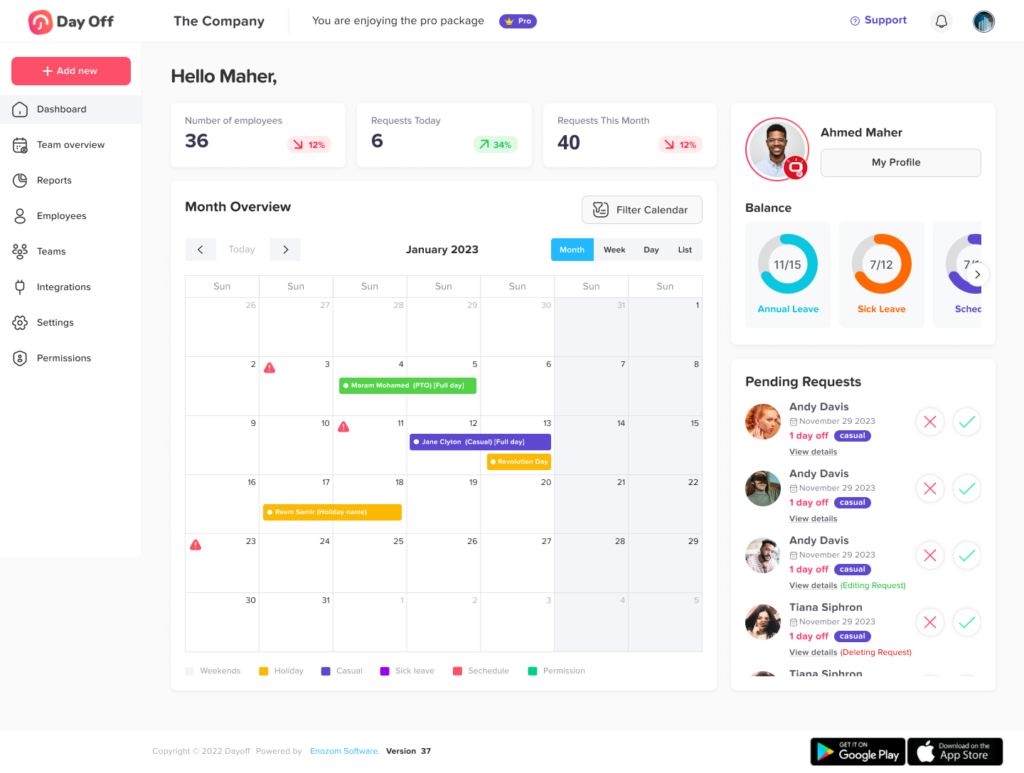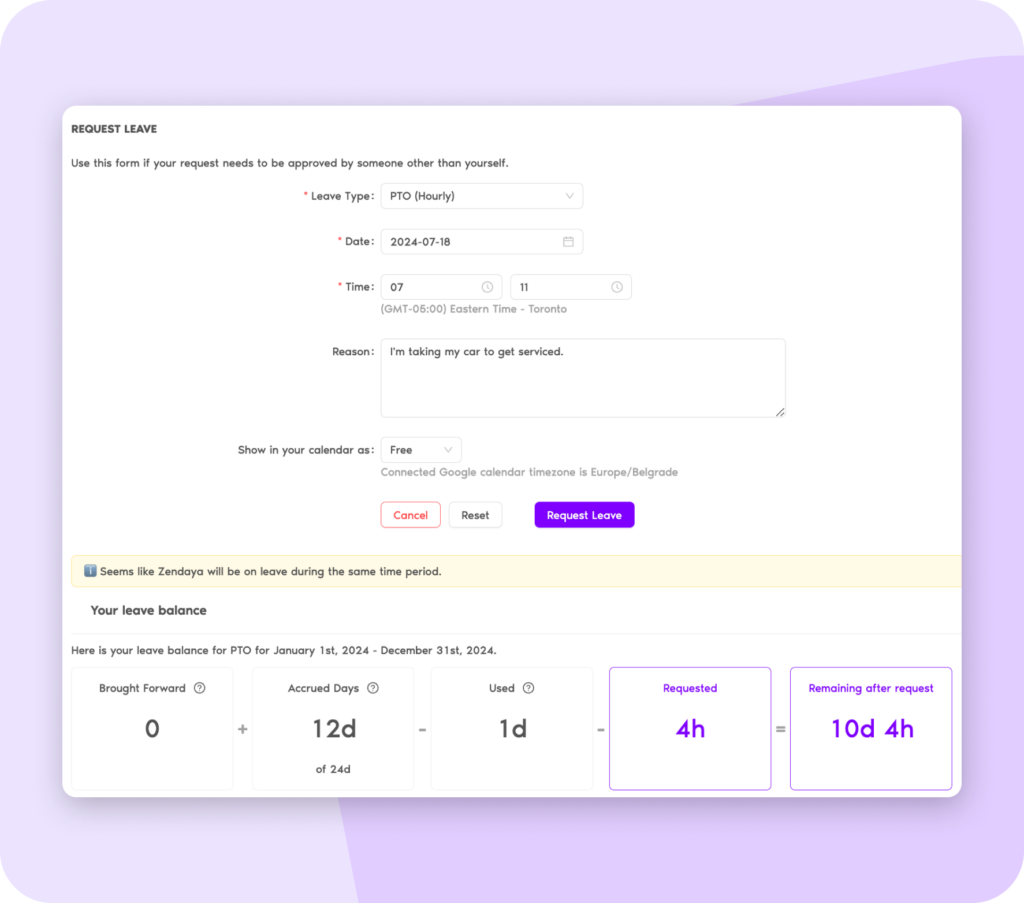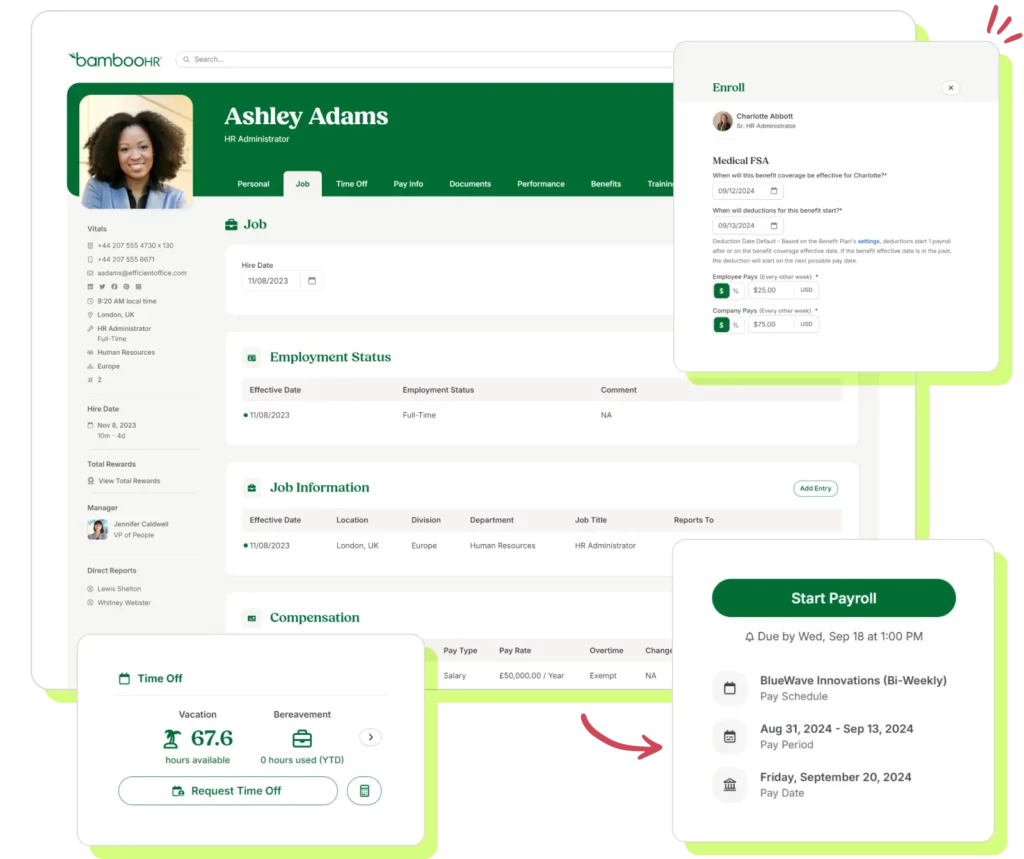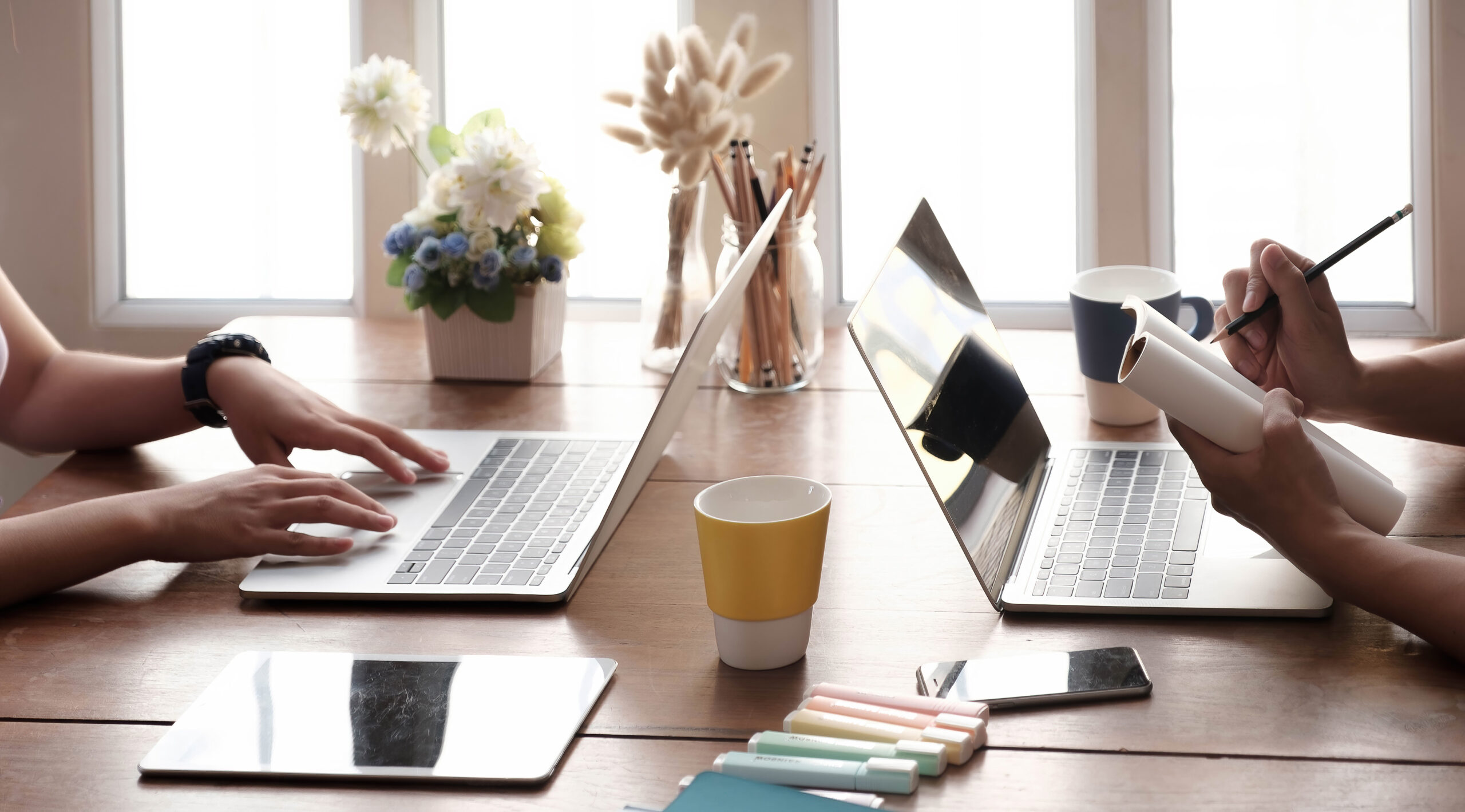Effective time management is no longer a luxury; it’s a necessity. With hybrid and remote work models dominating 2025, teams face unprecedented challenges in tracking productivity, maintaining accountability, and fostering work-life balance. This article explores actionable strategies to optimize team time tracking, ensuring your workforce remains efficient, motivated, and aligned with organizational goals.
Why Time Tracking Matters More Than Ever
The shift to remote work has blurred the lines between professional and personal time, making accurate tracking essential for both employers and employees. Studies reveal that businesses lose an average of $18,000 annually due to poor time management, while employees waste up to 4 hours daily on distractions like emails and social media. Beyond financial losses, poor tracking leads to burnout, compliance risks, and missed deadlines.
Automated team time tracking tools have emerged as game-changers, offering real-time insights into workflows, reducing manual errors, and fostering transparency. For instance, 93% of U.S. employees credit time off tracking tools for ensuring accurate paychecks, highlighting their role in building trust.
Top Challenges in Team Time Tracking
Before diving into solutions, let’s address common hurdles teams face:
Time Theft and Buddy Punching: Nearly 75% of U.S. businesses report losses from time theft, where employees log unworked hours. Buddy punching, clocking in for absent colleagues, remains prevalent in outdated systems.
Manual Errors and Inefficiencies: Spreadsheets and paper timesheets are prone to human error. Correcting mistakes consumes hours of HR time, with 80% of timesheets requiring adjustments.
Remote Work Complexities: Managing teams across time zones demands tools with GPS tracking and mobile accessibility. Without them, accountability gaps and productivity dips are inevitable.
Compliance Risks: Evolving labor laws, such as FLSA requirements, mandate precise records of breaks and overtime. Non-compliance can lead to lawsuits, as seen in cases like Netflix’s $30.5 million settlement.
Proven Strategies to Optimize Time Tracking
Adopt AI-Driven Time Tracking Tools
Modern software like Everhour or Time Doctor automates clock-ins, generates productivity reports, and integrates with project management platforms. Features like GPS tracking and facial recognition combat time theft, while AI-powered analytics identify inefficiencies, such as tasks consuming excessive resources.
For teams seeking customizable solutions, exploring testgorilla alternatives
can provide tailored features like project-based tracking or real-time activity monitoring, ensuring flexibility across industries.
Implement the Eisenhower Matrix
This prioritization framework helps teams categorize tasks into four quadrants:
Urgent & Important (e.g., client deadlines).
Important but Not Urgent (e.g., strategic planning).
Urgent but Not Important (delegate these).
Neither Urgent nor Important (eliminate).
By focusing on high-impact tasks, teams reduce time wasted on low-value activities. For example, a marketing team reallocated 10 hours/week from low-performing social media channels to high-impact campaigns after analyzing time data.
Foster a Culture of Transparency
Time tracking shouldn’t feel punitive. Involve employees in tool selection and provide training to ease transitions. Tools include features like automated break reminders, promoting wellbeing while ensuring compliance. Regular check-ins and workload visualizations also prevent burnout, a key driver of turnover.
Leverage the Pomodoro Technique
Breaking work into 25-minute intervals with 5-minute boosts focus and reduces burnout. Teams using this method report 34% higher productivity and better deadline adherence.
Prioritize Mobile and Cloud-Based Solutions
With 44% of employees citing stress as a productivity killer, flexible tools like Spike or Apploye enable remote teams to log hours seamlessly. Mobile apps with offline functionality ensure reliability, even in low-connectivity areas.
The Future of Time Tracking: Trends to Watch
Predictive Analytics: AI will forecast project timelines and staffing needs using historical data, reducing bottlenecks.
Biometric Integration: Facial recognition and fingerprint scans will replace traditional clocks, enhancing security.
Focus on Employee Wellbeing: Tools will increasingly include burnout alerts and workload balancing features to support mental health.
FAQ: Team Time Tracking and Productivity Optimization in 2026
Why is time tracking so important in hybrid and remote work models?
In hybrid and remote environments, visibility into how time is spent becomes critical. Without proper tracking, it’s easy for tasks to overlap, deadlines to slip, and accountability to weaken. Time tracking provides structure, helping teams maintain focus, distribute workloads fairly, and ensure accurate payroll. It also enables data-driven insights into productivity and project costs.
How does time tracking improve employee productivity?
Time tracking helps employees understand where their hours go and identify inefficiencies, such as distractions or repetitive low-value tasks. When individuals see measurable results, for instance, how much time they spend on core projects, they can adjust habits, prioritize better, and manage their energy effectively. For managers, it highlights workflow bottlenecks and helps redistribute workloads to avoid burnout.
Is time tracking about monitoring or empowerment?
Modern time tracking isn’t about surveillance, it’s about empowerment and transparency. The goal is to give employees clarity and control over their workday while ensuring fairness in performance evaluation and compensation. When implemented respectfully and transparently, tracking tools foster accountability and trust rather than fear or micromanagement.
What are the most common challenges companies face with time tracking?
The biggest obstacles include:
Time theft and buddy punching, logging unworked hours or clocking in for others.
Manual entry errors in spreadsheets or paper logs.
Lack of mobile accessibility for remote workers.
Compliance risks from inaccurate overtime or break records.
Employee resistance due to privacy concerns.
Overcoming these requires automation, clear communication, and secure, user-friendly tools.
How can AI improve time tracking accuracy?
AI-driven tools automatically detect idle time, categorize activities, and generate real-time reports. They help identify inefficiencies (e.g., meetings running too long or repetitive admin work) and predict project completion timelines. AI also minimizes manual data entry errors and flags anomalies such as duplicate clock-ins or suspicious time logs, ensuring accuracy and compliance.
What features should businesses look for in a modern time tracking app?
An effective tool should include:
Automated clock-ins and project tracking.
Mobile accessibility with GPS and offline functionality.
Integrations with HR, payroll, and project management systems.
Real-time analytics for visibility into workloads.
Compliance tools for tracking breaks and overtime.
Burnout alerts and work-hour balance features.
Scalability and customization are also key for growing or global teams.
How can managers introduce time tracking without making employees uncomfortable?
Transparency is the key. Communicate the “why”, that tracking ensures fair pay, balanced workloads, and better productivity, not surveillance. Offer training sessions, let employees test multiple tools before selecting one, and encourage feedback. Recognize and reward improvements in efficiency to make the initiative feel collaborative rather than top-down.
What’s the role of mobile and cloud-based solutions in time tracking?
Mobile and cloud-based tools enable employees to log hours, approve requests, and generate reports from anywhere, even offline. For remote and hybrid teams spread across time zones, these solutions ensure synchronization, real-time visibility, and reliability. They also reduce administrative overhead by automatically syncing data to central dashboards and payroll systems.
What is the Eisenhower Matrix and how does it relate to time management?
The Eisenhower Matrix is a prioritization tool that categorizes tasks into four types:
Urgent & Important: Handle immediately.
Important but Not Urgent: Schedule strategically.
Urgent but Not Important: Delegate if possible.
Neither Urgent nor Important: Eliminate or minimize.
By aligning time tracking data with this framework, teams can see which tasks drive real results and which drain productivity.
How does the Pomodoro Technique enhance team efficiency?
The Pomodoro Technique divides work into 25-minute focus sessions followed by short 5-minute breaks. This method boosts concentration, prevents fatigue, and promotes rhythm. Teams using Pomodoro-based time tracking tools often report higher focus, fewer errors, and more consistent daily output.
How does time tracking help with compliance and legal requirements?
Accurate time records protect both employers and employees. They ensure adherence to labor laws governing work hours, breaks, and overtime. In the U.S., for instance, the Fair Labor Standards Act (FLSA) mandates precise documentation of hours worked. Automated systems generate timestamped logs, reducing the risk of disputes and potential fines.
What are the biggest mistakes to avoid in team time tracking?
Relying on manual entry or outdated tools prone to errors.
Failing to communicate purpose to employees, causing mistrust.
Tracking too much detail, leading to micromanagement.
Ignoring data insights, such as identifying burnout or workflow inefficiencies.
Neglecting mobile accessibility, which alienates remote workers.
Balancing automation with empathy is the best way to create a sustainable system.
How will time tracking evolve in the future?
The future of time tracking revolves around predictive analytics and employee wellbeing. AI will forecast project delays, staffing needs, and workload distribution. Biometric authentication will eliminate time theft, while integrated wellness tools will detect signs of overwork. The next generation of software will focus less on counting hours and more on optimizing human potential.
What’s the ultimate goal of time tracking in 2026 and beyond?
The goal is to create a transparent, efficient, and humane work environment. Time tracking should help teams achieve balance, not just productivity. It empowers individuals to manage workloads wisely, ensures fair pay, and provides leaders with insights to make smarter, data-backed decisions. When done right, time tracking enhances not only performance but also trust and engagement across the organization.
Conclusion
Effective time tracking isn’t about surveillance; it’s about empowerment. By combining advanced tools with human-centric strategies, teams can achieve higher productivity, reduce stress, and build a culture of accountability. Whether you’re exploring testgorilla alternatives or refining existing workflows, the key lies in aligning technology with your team’s unique needs.
In 2025, success belongs to organizations that view time not as an enemy to manage but as a resource to optimize. Start today, and watch your team thrive.



